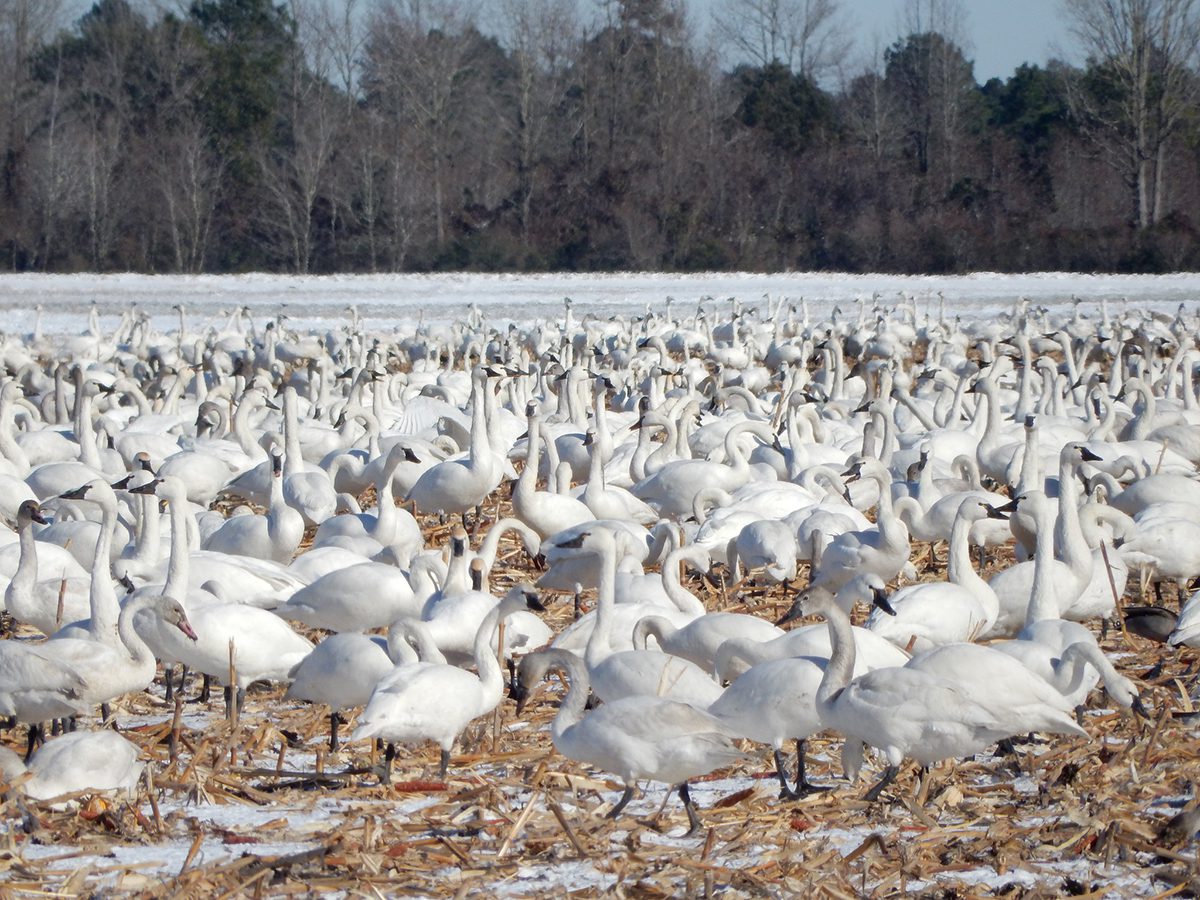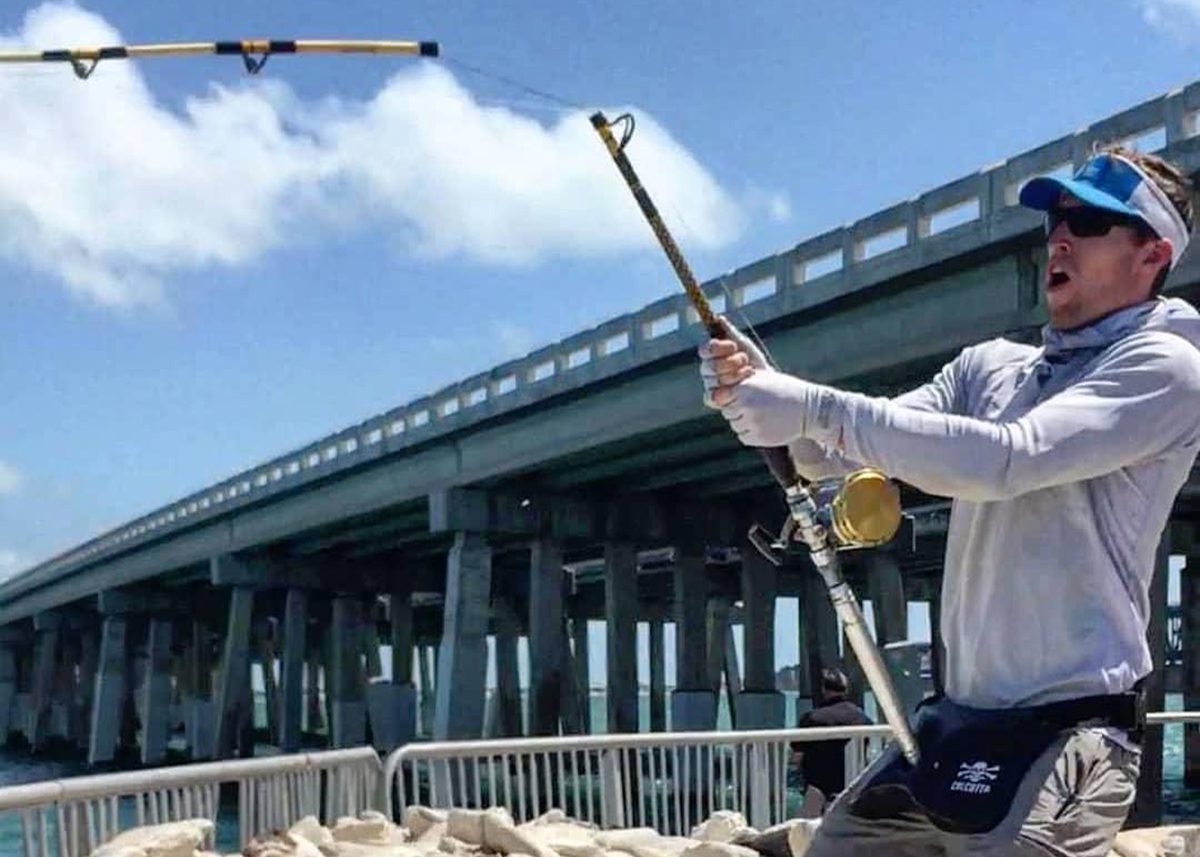
The nation’s wildlife refuges have taken a federal funding cut that is expected to shutter more visitors’ centers, diminish wildlife management capabilities and further trim an already wafer-thin force of wildlife officers.
With just hours looming before a government shutdown, the Senate on Friday approved a resolution to fund about 30% of the federal government through Sept. 30.
Supporter Spotlight
President Biden on Saturday signed H.R. 4366, a short-term measure that keeps government agencies open and operating for now.
But officials worry how a $14 million cut to the nation’s wildlife refuges will further hurt that system’s resources that are already stretched to the limit, particularly at a time when managing natural lands is gaining recognition as a way to adapt to climate change in some areas of the country, including here in North Carolina’s coastal region.
Mike Leahy, National Wildlife Federation’s senior director of wildlife, hunting and fishing policy, told Coastal Review last week the deep funding cut was unexpected, but not necessarily a surprise.
“We were hoping for at least flat,” he said Thursday. “But for them to take a 2.6% cut when we’re already heavily underfunded is going to create additional problems.”
The U.S. Fish & Wildlife Service has operated the system for years with pared-back staff, leaning on volunteers and partners to help with the management of refuges, “but they can only do so much,” Leahy said.
Supporter Spotlight
“I think you’re looking at visitor centers that will either continue to be closed or operating on limited hours or be closed if they have been open. You’re looking at less habitat, which is the whole purpose of the refuge system, and certainly less law enforcement and monitoring of refuges,” he said.
About seven states currently have refuges that do not have wildlife officers.
Since 2010, the refuge system has lost 16% of its employees, or about 800 people, leaving about 2,500 to operate and manage 95 million acres spread throughout all 50 states. The system also includes 755 million acres of marine refuges.
In comparison, the National Park Service holds 85 million acres and operates on a budget of more than $4 billion with more than 29,000 full-time-equivalent employees, according to information Leahy provided.
“This is really about long-term elevation of the refuge system and meeting its needs,” he said. “We recognize it was all Congress could do this year to fund the government at all, so we’re happy the refuge system is getting funding along with other federal land and conservation programs. But, long term, the refuge system tends to get overlooked, forgotten and doesn’t have the same support within Congress and the public as the National Park system, for example, which are super important and terrific, but the refuges play a really important role too.”
Refuges – there are more than 550 – are targeted toward the needs of wildlife species and are protected areas utilized to maintain and recover endangered species and provide havens for migratory birds and waterfowl.
Refuges are public lands that may be used for hunting, fishing, wildlife observation, photography, environmental education and interpretation.
They are in rural areas, and sometimes hard to reach, like the 19.6 million-acre Arctic National Wildlife Refuge in Alaska, as well as urban areas within 25 miles of cities with a population of 250,000 or more.
North Carolina is home to nearly a dozen refuges, most of which are located in the mid- to northern coastal plain.
But faced predominately over the past several years with a budget that is either flatlined or reduced, refuges in this state have had their share of woes.
Budget cuts several years ago forced the temporary closure to the public of the Walter B. Jones Sr. Center for the Sounds at the 110,000-acre Pocosin Lakes Wildlife Refuge. The Red Wolf Education and Health Care Facility was also shuttered for a time.
“That’s atrocious that the public lands and public assets held by all North Carolinians and Americans were closed,” North Carolina Wildlife Federation CEO Tim Gestwicki said.
Gestwicki said he was “mad as hell” about the cuts to the refuge system, particularly in the face of a system that is seeing an uptick in visitors and one that he said is important to climate vulnerable coastal areas of the state.
“It’s some people in Washington that are looking at a ledger sheet and saying, “Oh, let’s cut here, let’s cut here,’ with no idea what those ramifications are,” he said. “Why the Fish and Wildlife Service continues to be on the low end of the totem pole of these other public agencies is kind of a mystery since they’re the only agency that has the mandate to oversee wildlife species and can expand wildlife refuges. Misguided, misguided, misguided.”
North Carolina is home to about 500 different species of greatest conservation need, which are those species of declining or rare populations, that need help recovering in order to keep them from being state or federally listed.
Gestwicki said the refuges in the state’s coastal region are the gatekeepers of climate change and rising seas, particularly since state legislators last year adopted a bill that strips protections for an estimated 2.5 million acres of isolated wetlands.
Isolated wetlands, which include Carolina bays and pocosins, are not directly connected to any body of water, but are hydrologically and ecologically valuable because they recharge groundwater and can store vast amounts of water during coastal storms.
“Nobody’s going to be filling up wetlands in our wildlife refuges,” Gestwicki said. “(Refuges) are places for our citizens to hunt, fish, enjoy wildlife and, more importantly these days, to reap the ecological benefits of these public lands.”
Natural lands like those in refuges have been highlighted in the North Carolina Department of Environmental Quality’s recently released Priority Climate Action Plan, which identifies natural and working lands as places that can permanently store atmospheric carbon and substantially offset greenhouse gas emissions.
Gestwicki said the budget decrease will leave roads in some of the refuges in disrepair, habitat restoration projects pushed aside, cut back on monitoring of some species, and affect law enforcement.
“I don’t know how many of the visitor centers can remain open,” he said. “I don’t know how much of the statutory duties can well be accomplished. You can only squeeze, squeeze, squeeze. I can tell you that the numbers (of visitors) are expanding, but I can also tell you that if visitor centers are closed, if roads are closed, if commodes are stopped up, that diminishes the experience dramatically. This is our big backyard and stewarding these resources, stewarding these assets is the responsibility of Congress and what Congress is showing us is a direct opposite of stewarding. They’re cutting that and that’s a slap in the face, in my opinion, to the American people and the taxpayers.”







